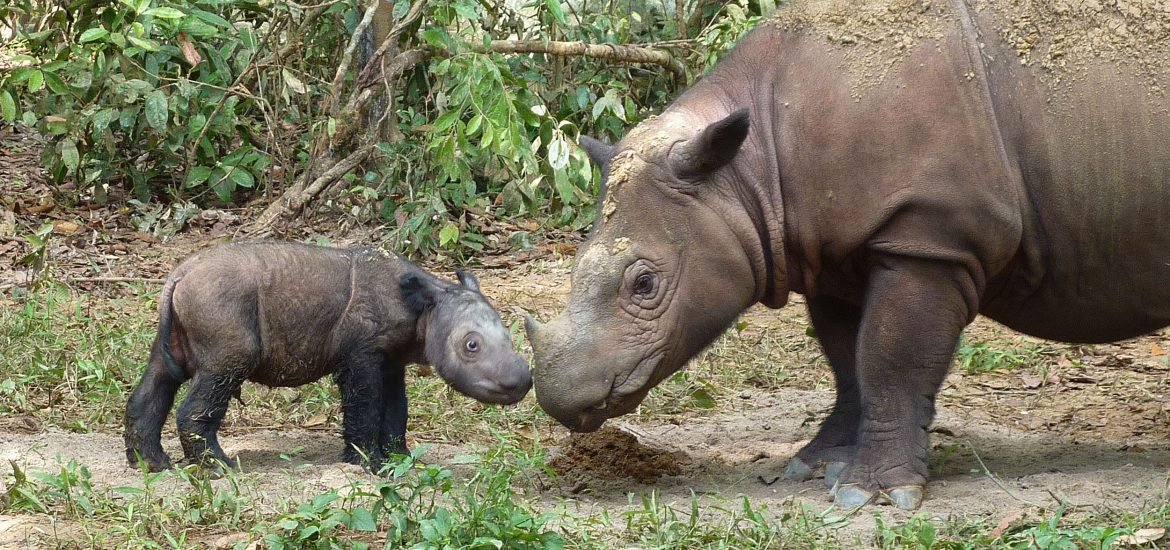
The last Sumatran rhino, Kertam, died in 2019. A team from the Delbrück Center in Germany is growing stem cells derived from his skin cells, according to a study published in the scientific publication iScience. They aim to create sperm cells that can save endangered species from extinction.
The Sumatran rhino was once found across large parts of East and Southeast Asia. However, poaching and destruction of their habitats destroyed the world’s smallest species of rhino, leaving only a few animals in localised areas in Sumatra and Borneo. As a result, mating between males and females became increasingly more challenging, and the species has been considered extinct in Malaysia since 2019, when the last couple in captivity — Kertam and Iman — died.
However, a team of researchers from the Pluripotent Stem Cells Platform at the Max Delbrück Center in Berlin, Germany, is trying to reverse this. Alongside with a team of international colleagues, they have an ambitious goal: transform skin cells collected from Kertam into stem cells, which in turn can be used to produce eggs and sperm cells for assisted reproduction. The embryos produced in vitro will be biologically Kertam’s offspring to be carried to term by surrogate rhino mothers.
This study reports their initial success. The team has managed to generate pluripotent stem cells (IPS cells) from Kertam’s skin samples. These cells can be kept under strict conditions to ensure that they continue to divide indefinitely, or they can be transformed into any body cell.
This project is part of the BioRescue research project for the critically endangered northern white rhinos, of which there are only two females left in a Kenyan wildlife reserve. “Our current study has benefited a lot from the knowledge gained through this large-scale project, which is funded by the German Federal Ministry of Education and Research,” says Dr. vera Zywitza, lead author in this study. It was great news when the team realised that the methods used to turn the skin cells of northern white rhinos into stem cells also worked with the Sumatran rhinos. Under the microscope, the stem cells of both rhino species are identical.
The next step is to use Kertam’s IPS cells to produce viable sperm to be used in artificial insemination. “This step is more difficult. To obtain sperm cells, we first need to use the iPS cells to cultivate primordial germ cells – the precursors of eggs and sperm,” said Dr. Zywitza. “Even though our work is attempting to make the seemingly impossible possible – i.e., to ensure the survival of animals that would otherwise probably disappear from our planet – it must remain an exception and not become the rule,” emphasizes Zywitza. “Despite all the buzz around what we are doing in the lab, this can, at best, make a small contribution to saving these rhinos from extinction. The protection and conservation of the animals’ few remaining habitats are at least equally important.”
Vera Zywitza et al. (2022): “Induced pluripotent stem cells and cerebral organoids from the critically endangered Sumatran rhinoceros.” iScience, DOI: 10.1016/j.isci.2022.105414